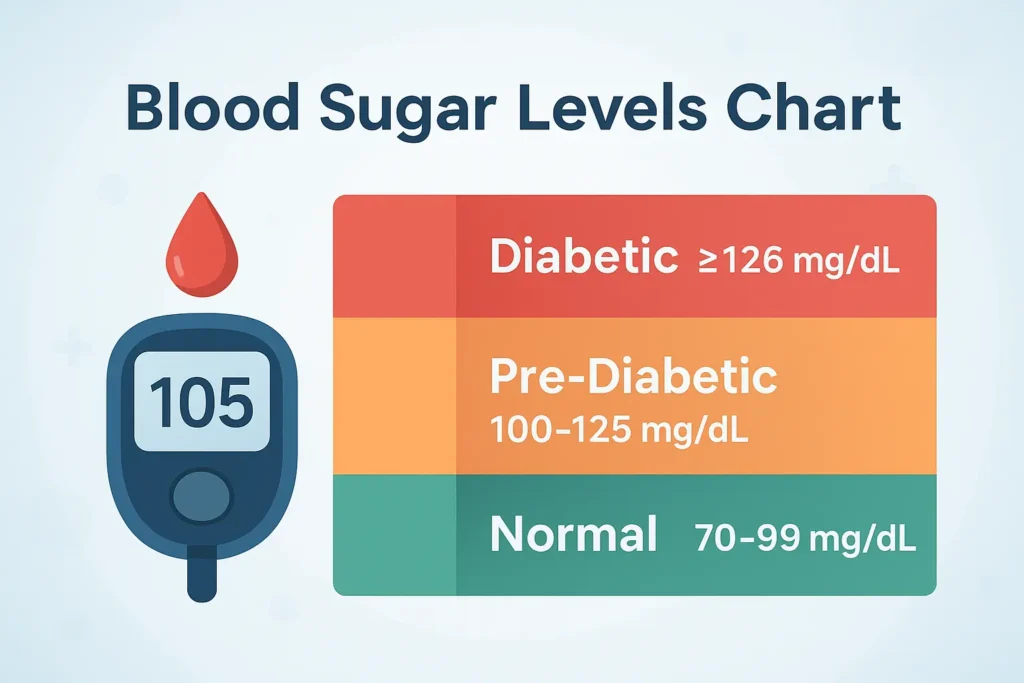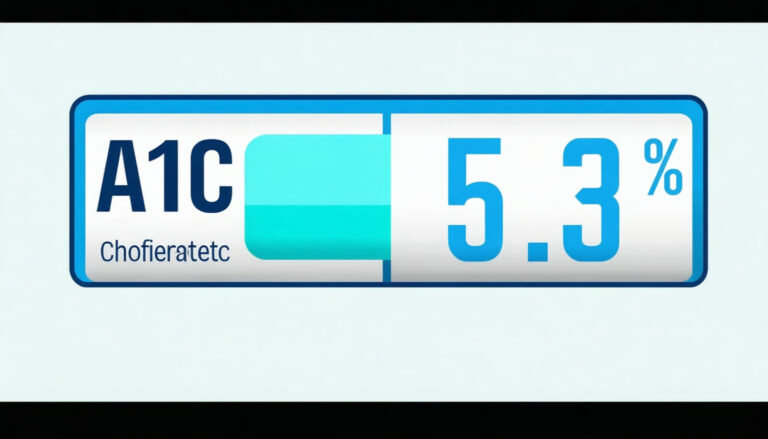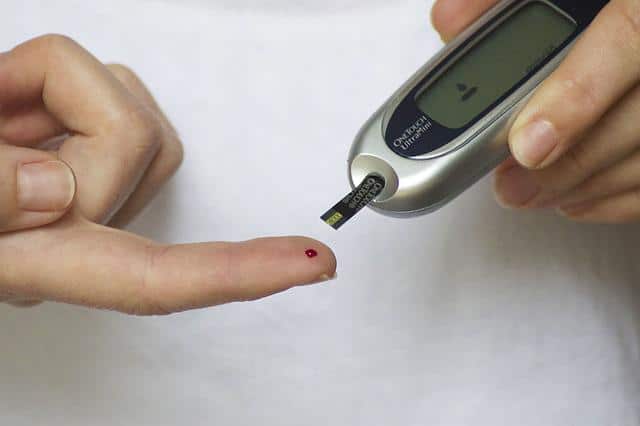Blood Sugar Charts for Normal and Post-Meal Levels
Monitoring your glucose levels can feel like a guessing game at first, but blood sugar charts help take out the guesswork. By showing recommended target zones for different times of day, these charts offer a snapshot of how your body is doing. They’re also an excellent starting point when you talk with your healthcare provider about managing diabetes or simply keeping tabs on your overall wellness.
Below, you’ll learn how to interpret these charts, what normal blood sugar ranges look like, and how you can use this information to build healthier habits. Let’s explore what those numbers on your monitor really mean.
Understand Blood Sugar Basics
Tracking your blood sugar regularly is at the heart of glucose management. If you’ve ever tested your levels before and after meals, you know they fluctuate. But why do they shift so much?
Why Monitoring Matters
You want to keep blood sugar in a safe range, both for short-term comfort and long-term health. When levels dip too low, you might experience confusion or shaky hands. If they stay high, you could be at risk for complications like kidney damage or nerve issues. Understanding these patterns helps you plan meals, time medication properly, and avoid sudden spikes.
According to the American Diabetes Association (American Diabetes Association), regular checks reveal how your body responds to food, activity, and stress. This is especially important if you’re exploring blood sugar management strategies like adjusting insulin doses or improving your diet.
The Role Of A1C
While day-to-day checks are vital, your A1C level measures average blood sugar over roughly three months. Many healthcare professionals suggest a goal below 7% if you’re managing diabetes (Healthline). That goal might be different for you, depending on health conditions or age. But in general, the lower the A1C, the better the average glucose control.
Explore Normal Ranges
Your exact targets might vary, but there are general guidelines for healthy individuals versus people with diabetes. If you’re curious about these ranges, you can check out normal blood sugar levels to dive deeper. For now, here’s a handy snapshot:
| Blood Sugar Range | Ideal Levels for Most Healthy Adults* |
|---|---|
| Fasting (Before Meals) | 70–90 mg/dL |
| Post-Meal (1–2 Hours) | < 140 mg/dL |
*Individual targets can differ. Always confirm with your healthcare provider.
Fasting Blood Sugar
When you wake up or go several hours without eating, a fasting glucose between 70 and 90 mg/dL is often considered normal (Nutrisense). This is a good baseline for watching out for prediabetes or type 2 diabetes risk. If your fasting levels climb above 90 mg/dL, speak with a medical professional about ways to bring them back down.
Post-Meal Levels Chart
After you eat, blood sugar naturally rises. A typical goal is below 140 mg/dL about two hours after meals (Medical News Today). Curious about how high yours should be? Check out post-meal blood sugar levels for more details and tips on steadying those numbers.
Identify High And Low Values
Noticing potential problems early can spare you from scary moments (like fainting from low blood sugar) or long-term complications (like eye disease from chronically high readings).
Symptoms Of Abnormal Readings
- High Blood Sugar (Hyperglycemia): Excessive thirst, frequent urination, or headaches can be red flags. If you notice these regularly, talk to your doctor about possible medication or dietary adjustments.
- Low Blood Sugar (Hypoglycemia): A reading under 70 mg/dL might leave you sweaty, shaky, and disoriented. The “15-15 rule” suggests having 15 grams of fast-acting carbs, waiting 15 minutes, then rechecking your levels (Healthline). You can learn more in high and low blood sugar symptoms.
Use Blood Sugar Charts Effectively
Blood sugar charts aren’t just numbers on a page. They clue you in on patterns so you can stay proactive. According to the Mayo Clinic (Mayo Clinic), continuous glucose monitors (CGMs) send frequent readings that show how your body reacts throughout the day and night.
Tools For Tracking
- Blood Glucose Meter: Gives a direct reading from a drop of blood, often pricked from your fingertip.
- Continuous Glucose Monitor (CGM): Automatically checks sugar every few minutes via a sensor under the skin.
- Printable Logs or Apps: Let you record readings, meal info, and exercise habits for easy reference.
Regular tracking can reveal issues like the Dawn Phenomenon, a surge in blood sugar that happens early in the morning (Stelo). Spotting trends helps you tackle potential problems before they become serious.
Record Crucial Patterns
Jotting down your numbers, along with any notes about meals, stress, or exercise, turns your blood sugar charts into invaluable feedback. You might realize, for example, that your glucose spikes after certain snacks, or that it drops fast if you skip lunch.
- Mark times and whether you’ve just eaten or exercised.
- Write down any changes in routine, like a new medication.
- Note symptoms such as fatigue or nausea.
Sharing these patterns with a healthcare provider or diabetes educator can guide personalized recommendations, including diet changes or tweaking insulin doses.
Know Your Next Steps
Building healthy blood sugar habits is easier when you have a clear path forward. Use your charts, track how you feel, and keep your doctor in the loop:
- Map Out Meals: Focus on balanced portions of protein, carbs, and fats.
- Stay Active: Even short walks help stabilize glucose levels.
- Seek Guidance: If something feels off, call your healthcare team. They may adjust medication or recommend further tests.
For everyday tips, take a look at blood sugar management to refine your approach to mealtimes, self-monitoring, and lifestyle tweaks.
You might also want to set a reminder for regular A1C checks, ensuring your overall progress stays on track. Whether you’re just getting started or brushing up on the basics, consistent tracking and a willingness to fine-tune your plan keep you moving in the right direction.
Remember, staying informed is one of the best ways to protect your health. By getting comfortable with blood sugar charts and knowing your target ranges, you’re well on your way to a stable, confident routine.









Leave a Reply